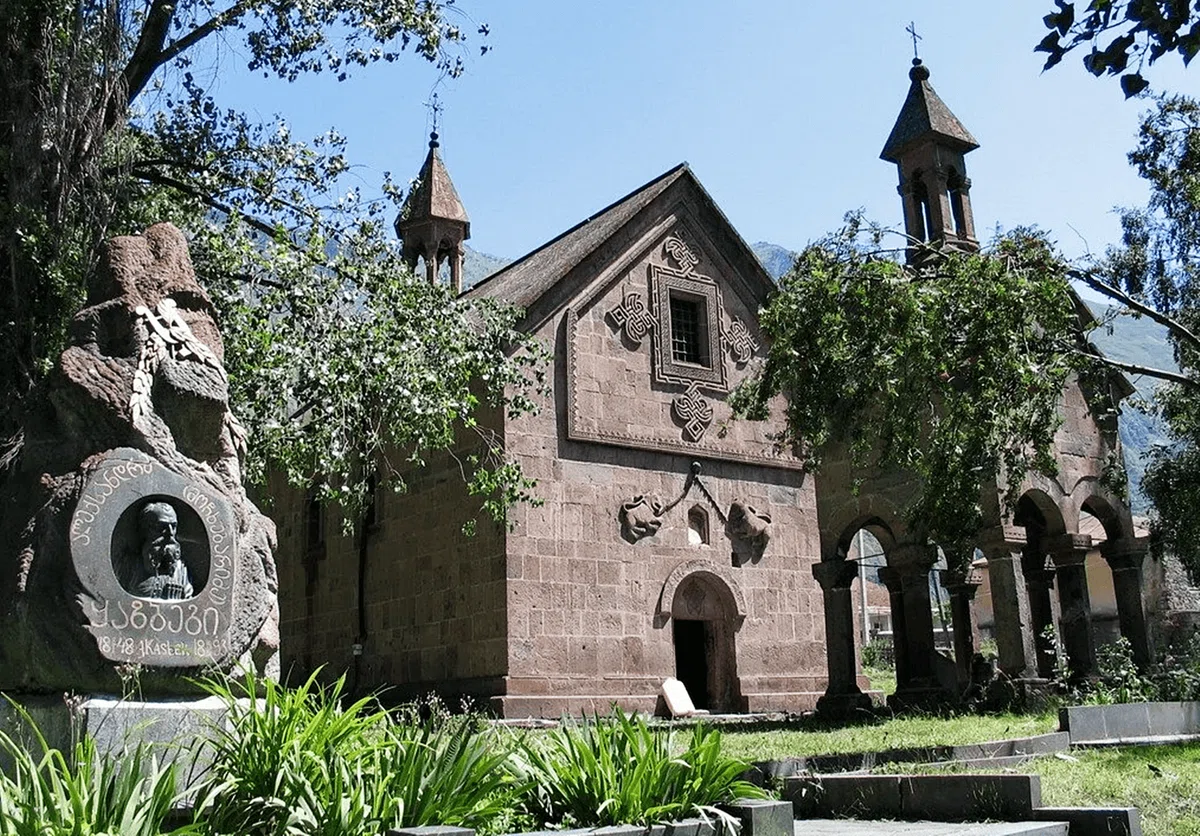
Learn more about the history of Georgia. The Museum of History in Stepantsminda.
The museums of history in Stepantsminda have more than forty-seven thousand unique exhibits. There are a wide variety of objects and artifacts, paintings, sculptures, strange household items, old furniture, money, photographs, manuscripts, antique machines and much more that you can see here.
Address: Stepantsminda, Alexander Kazbegi St.
The museum is located in the memorial house of the Georgian writer Alexander Kazbegi (1848-1890), which, along with the writer's items and library, contains artifacts and documentary (more than 47 thousand) materials characteristic not only of the gorge, but also of the entire Caucasian culture, in particular, examples of ethnography and applied art characteristic of the life of the region (family items, accessories, dishes, curtains, change sums of the 19th - early 20th centuries), archaeological material (numismatics, fragments of military weapons and tools, necklaces, jewelry, clay dishes), church items, books, works of local artists.

In the city of Stepantsminda, located in a picturesque area in the south of Georgia, there is an amazing history museum, which contains more than 47 thousand exhibits. The museum is located in the memorial house of the outstanding Georgian writer Alexander Kazbegi, and here you will find items reflecting the history and culture of not only Stepantsminda, but the entire Caucasus.
In the museum you can find a wide variety of items and artifacts, from paintings and sculptures to strange household items and antique furniture, as well as money, photographs, manuscripts, antique machines and much more. However, the peculiarity of the museum is the items related to the life of the region, such as family items, accessories, dishes, curtains and change sums of the 19th - early 20th centuries, which reflect the peculiarities of life and customs of local residents.
In addition, in the museum you can see unique examples of ethnography and applied art, characteristic of the entire Caucasian culture, as well as archaeological finds, including numismatics, fragments of military weapons and tools, necklaces, jewelry and pottery. There are also items of religious significance and many books that show various aspects of life in the Caucasus in different historical periods.
The History Museum in Stepantsminda is not only a place for exhibiting and preserving cultural heritage, but also a center for education and research. Lectures and master classes on various topics related to the history and culture of the region are held here, as well as archaeological excavations and restoration of historical buildings and architectural monuments. Moreover, the museum actively cooperates with other museums and cultural institutions in Georgia and abroad, which allows exchanging experience and knowledge in the field of preserving historical heritage.
The History Museum in Stepantsminda is located in the memorial house of Alexander Kazbegi, a Georgian writer, journalist and public figure. Kazbegi, known for his works about the mountain peoples of the Caucasus, such as "Lezgins", "Abreks", "Troubadour", spent a lot of time in the Kazbegi gorge, where his family estate was located. The museum houses over 47,000 exhibits, including household items, money, photographs, manuscripts, antique furniture, church items, paintings, sculptures, machines and much more. Some of them date back to the eras from ancient times to the early 20th century. This is an important source of information for researchers, as well as a valuable object for lovers of history and culture.
One of the unique exhibits of the museum is the painted manuscript miniature "Demon", made in the early 18th century by the master Khutsep. This miniature depicts a man with wings growing on his back and a deer's head. The painting inspired many artists and writers, including Mikhail Lermontov, who liked it so much that he described this image in his poems.
The museum is also a center for scientific research and conservation of historical and cultural heritage sites. At the same time, archaeological excavations and restoration of historical buildings and architectural monuments are carried out, which allows preserving the national heritage of the region for future generations. The museum also provides training and conducts master classes and lectures on various topics related to the history and culture of the region.
This is a very important function of the museum, since in addition to preserving the historical heritage, it also plays a role in educating and enlightening people. Master classes and lectures allow museum visitors not only to learn more about the region, its history and culture, but also to learn about themselves, to develop their skills and abilities. For example, you can participate in a master class on folk crafts, learn to weave rugs or embroider, and also attend a lecture on archaeological discoveries in the region. This is a great opportunity for inquisitive and research-minded people to broaden their horizons and learn something new.
------------------------
Do not forget to leave your comments and questions under the article from us. We are always happy to receive feedback and are ready to answer any of your questions about the history museum in Stepantsminda. Your opinion is very important to us, and we will be glad to hear your feedback and suggestions.
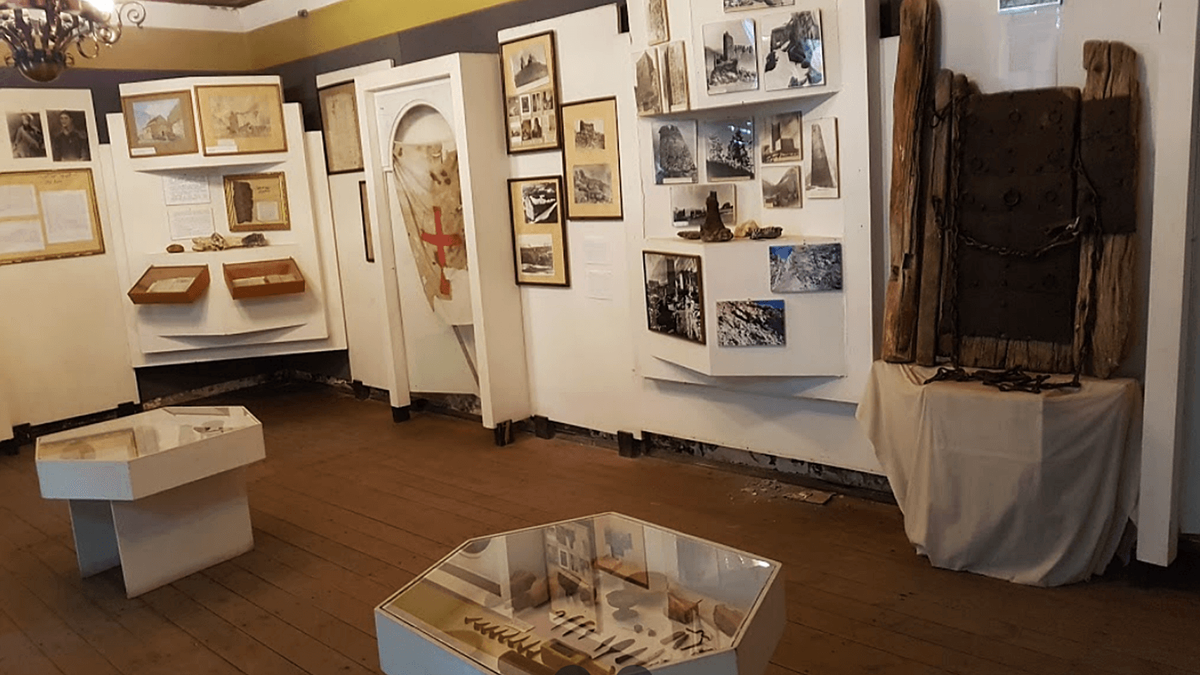





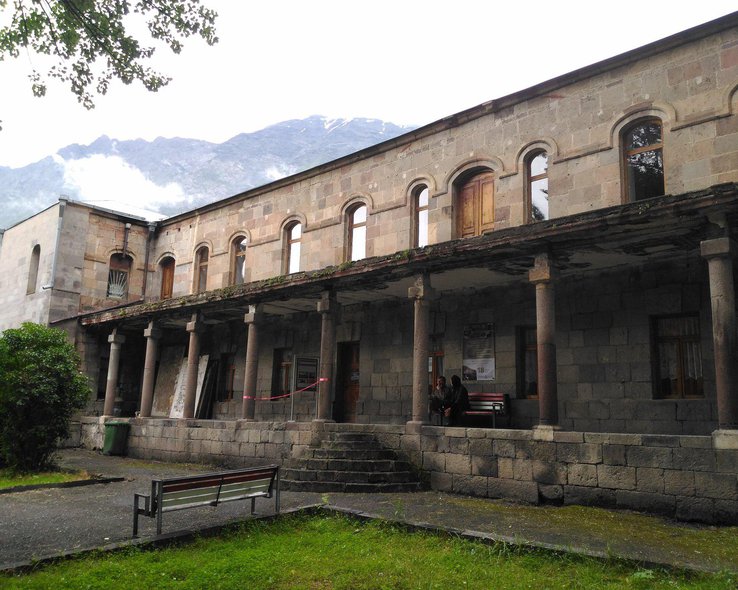

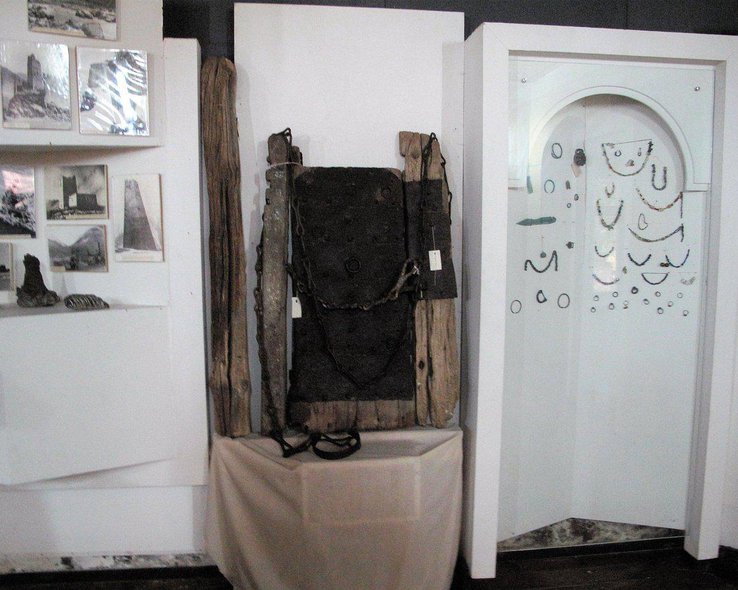
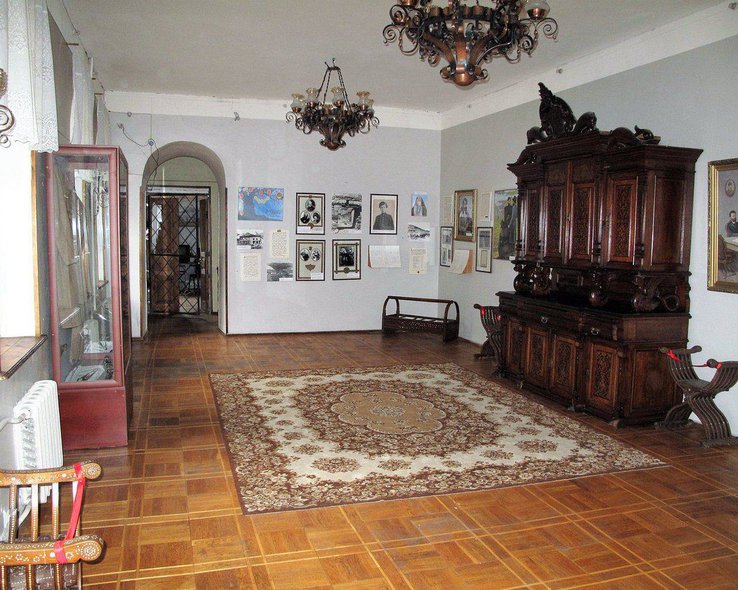
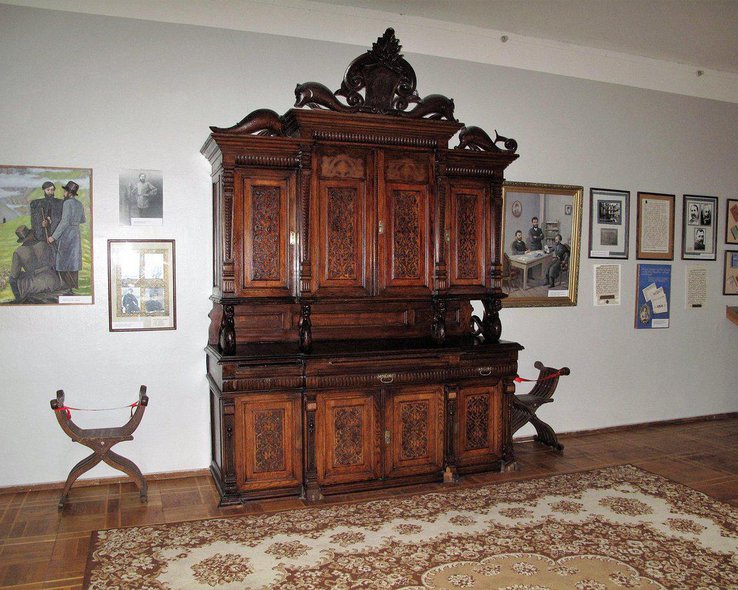
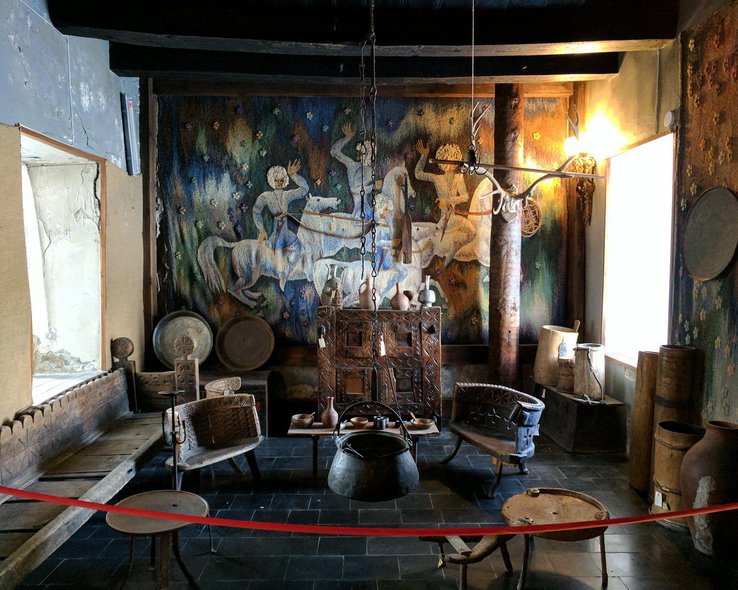
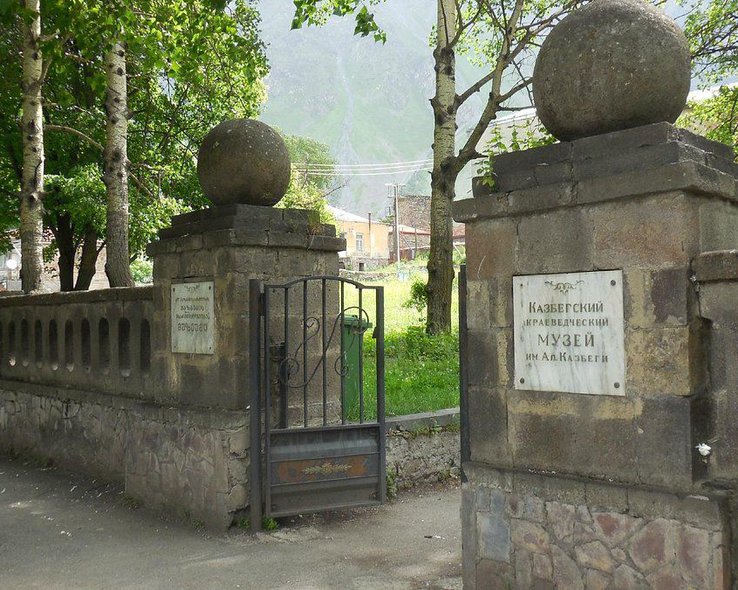
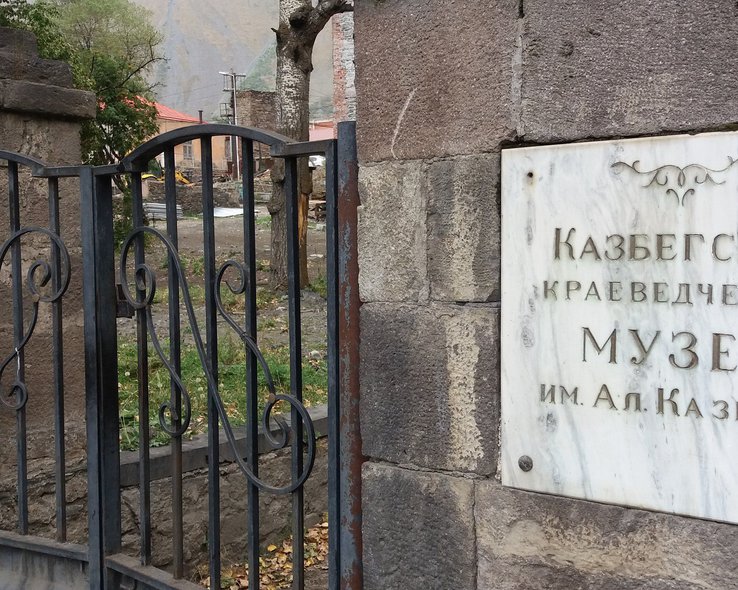

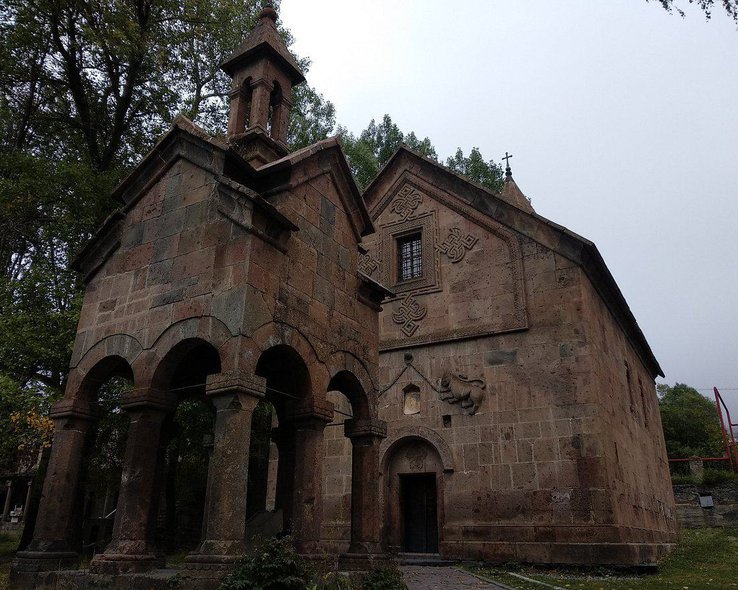
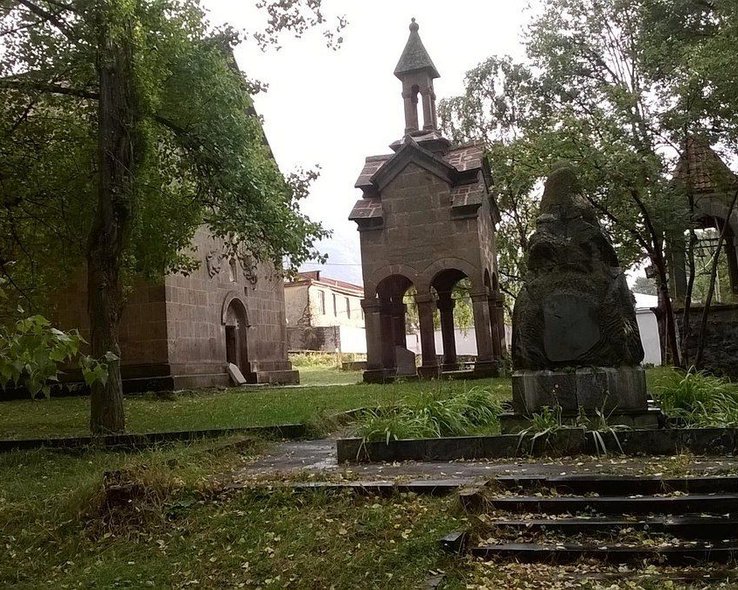
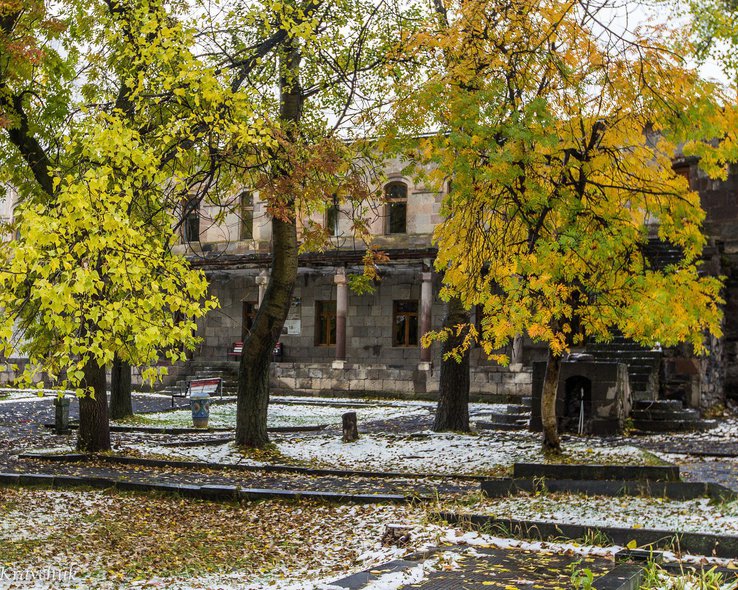
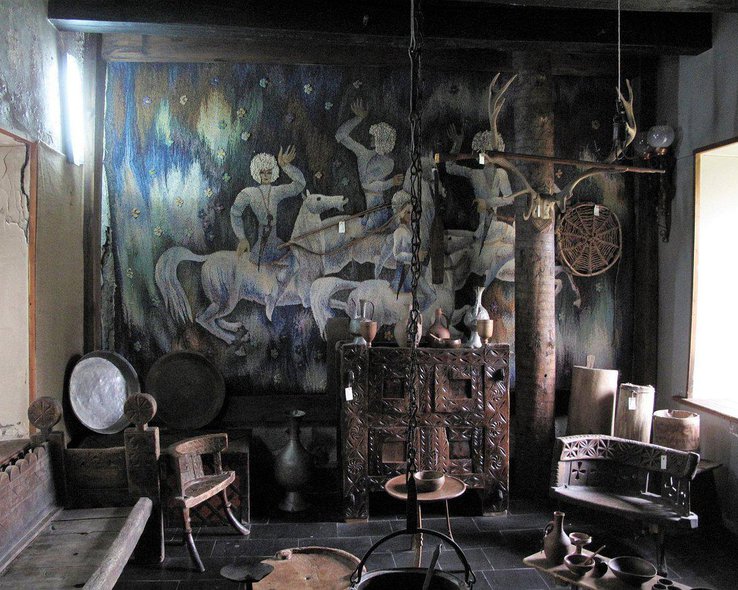
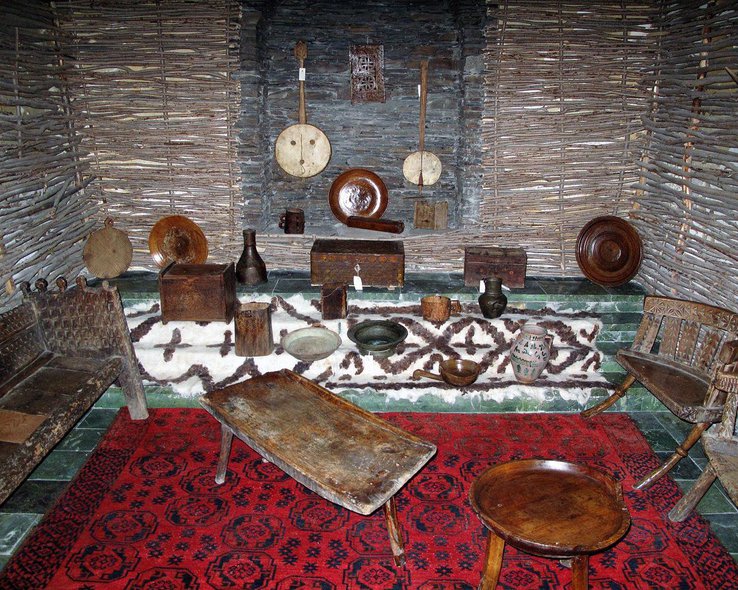
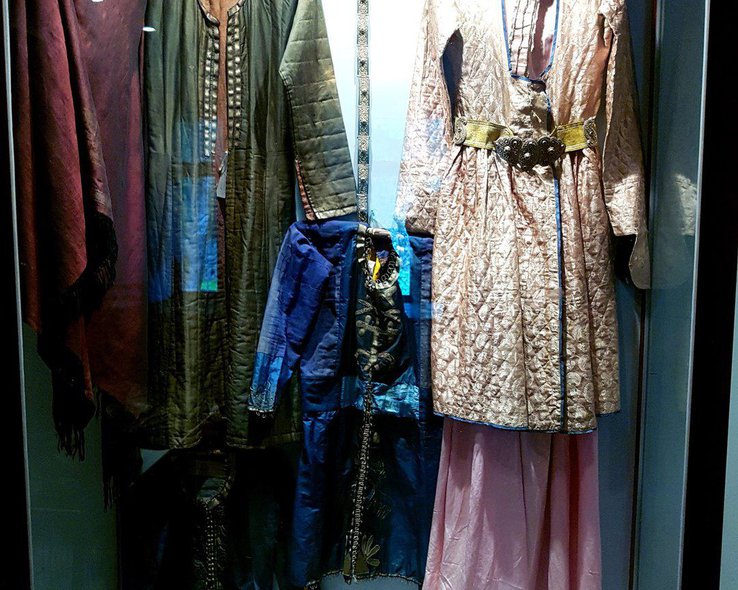
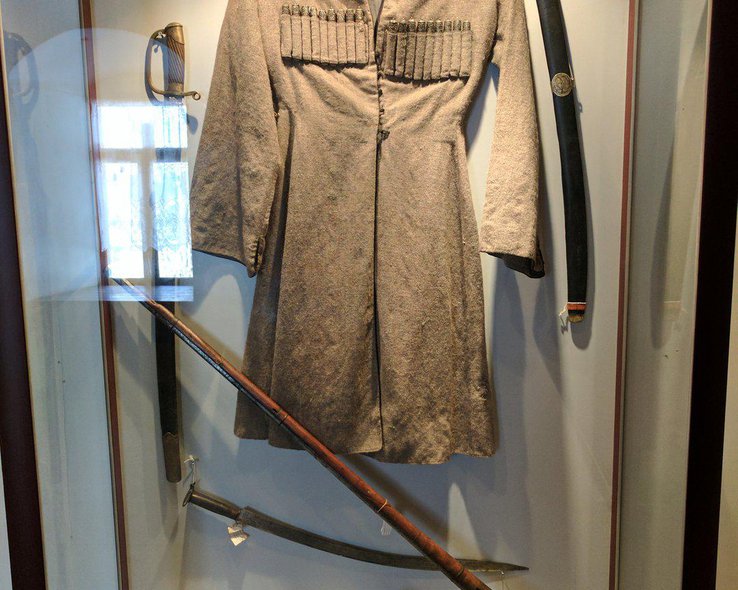
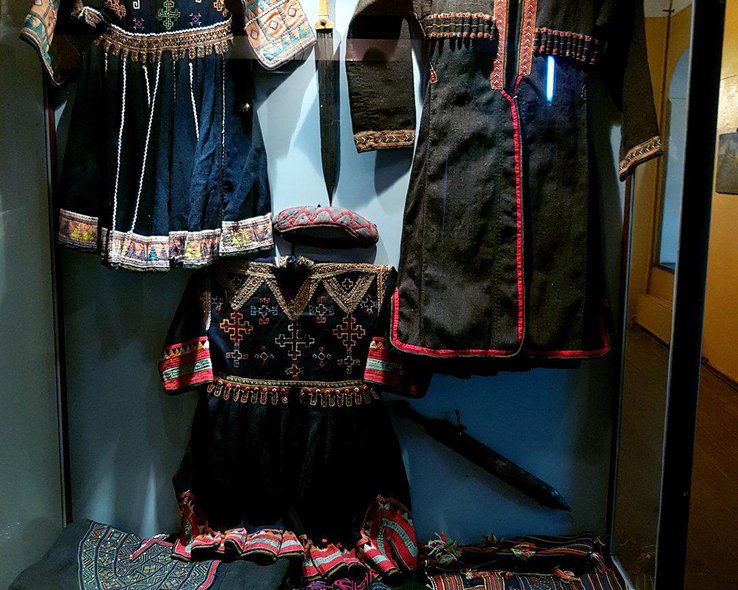
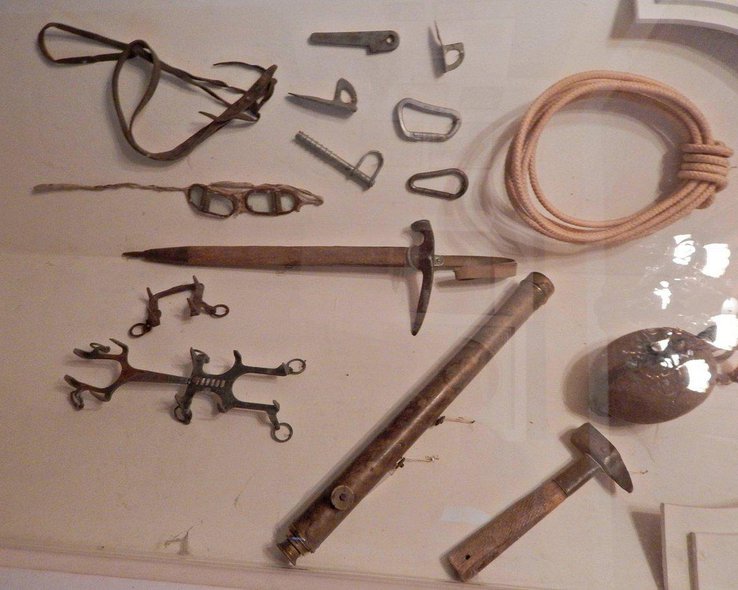

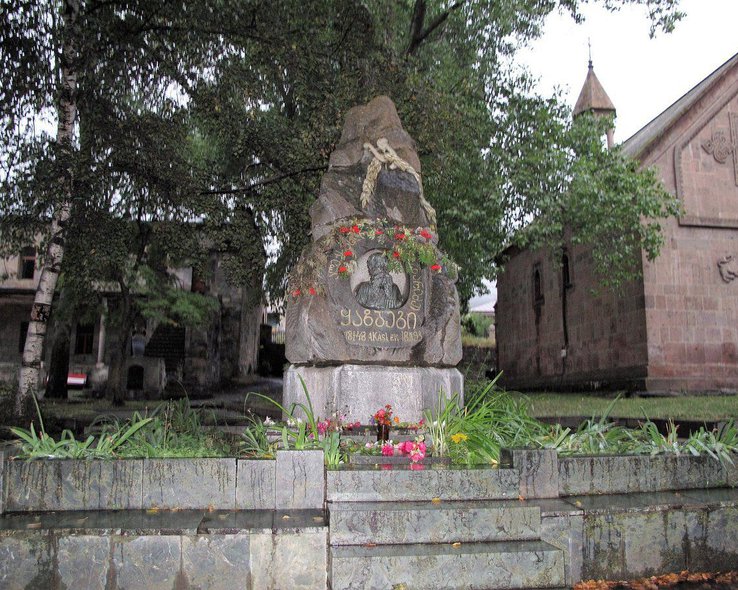
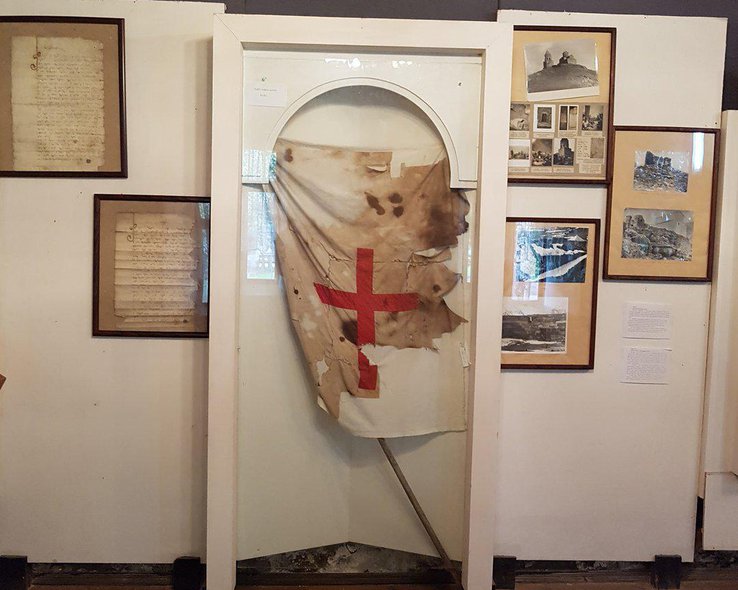
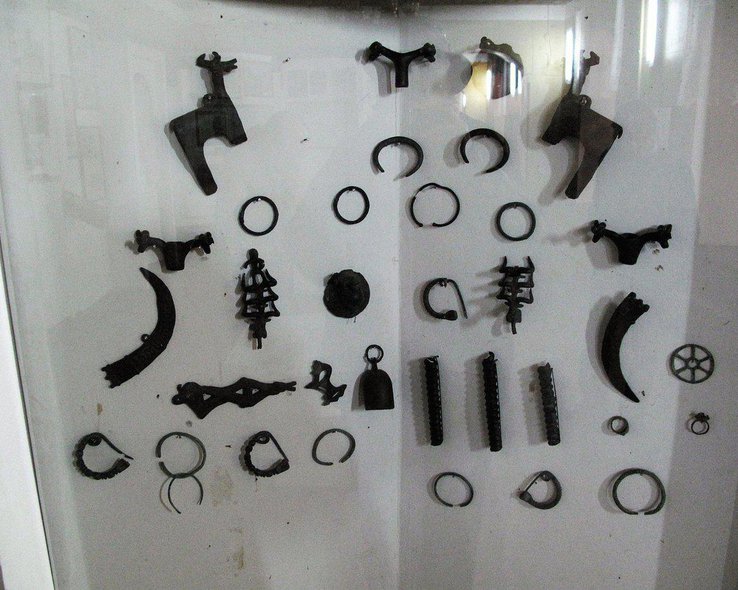

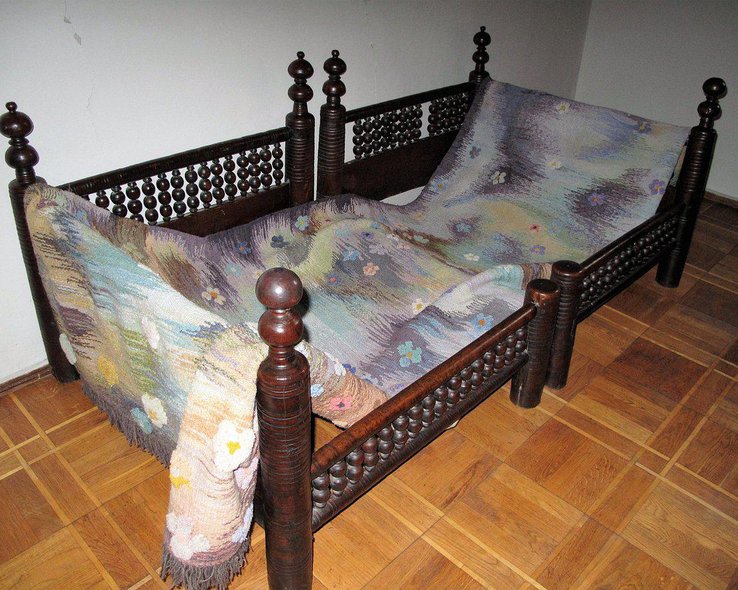
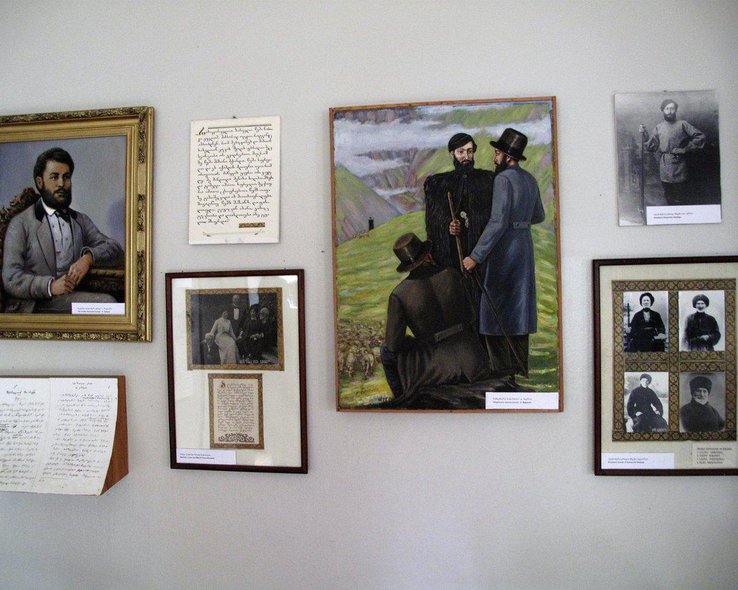
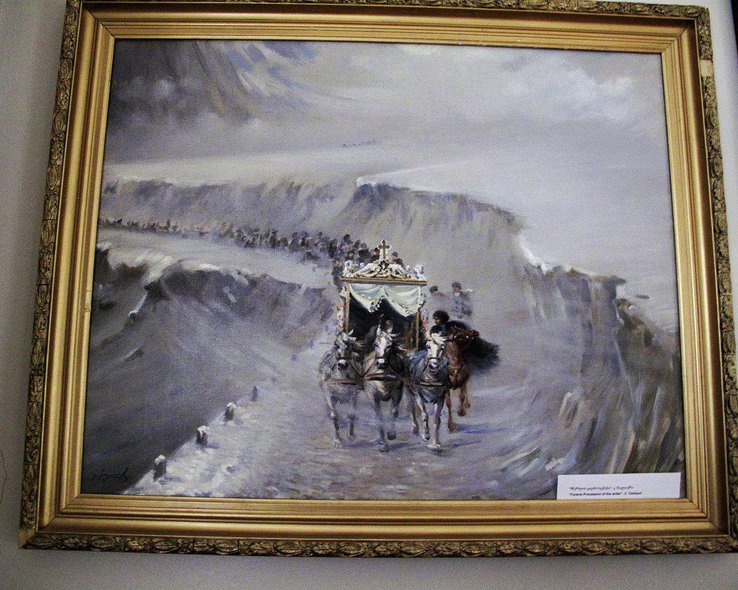
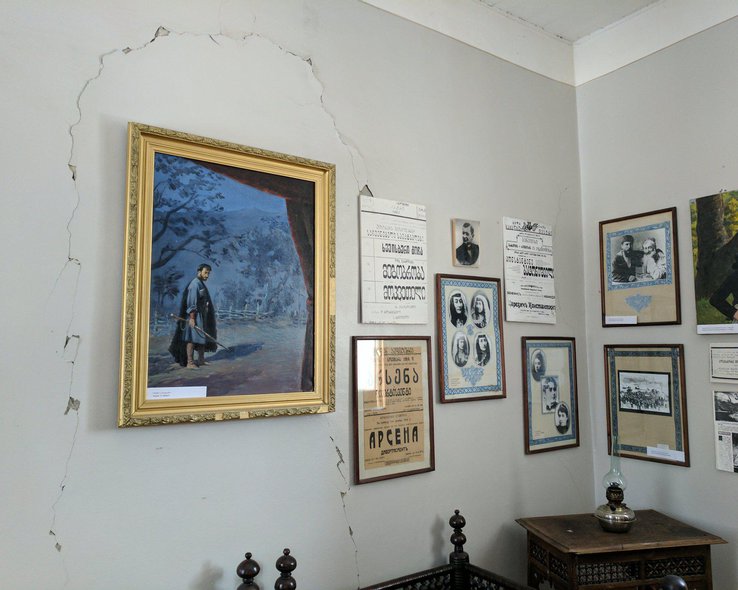
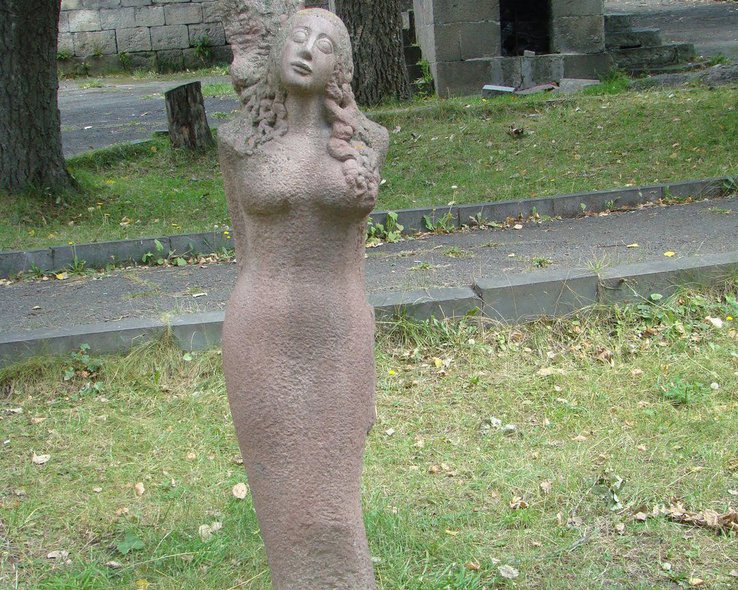
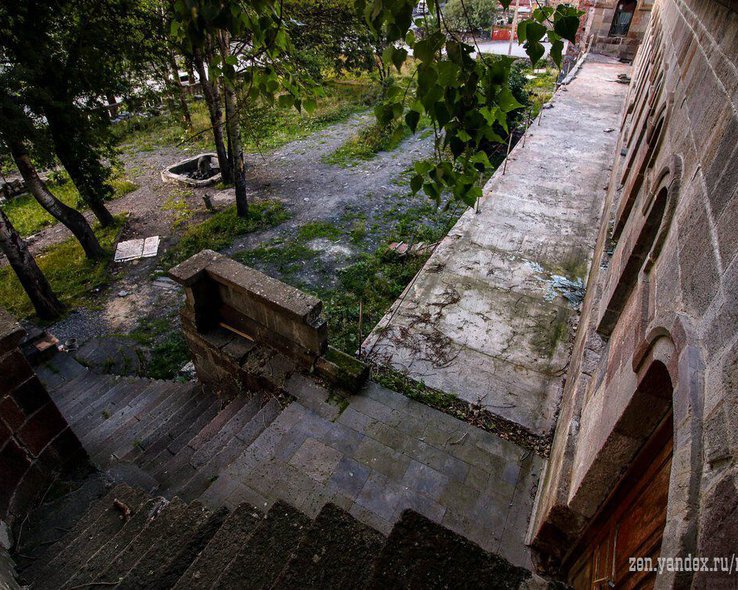

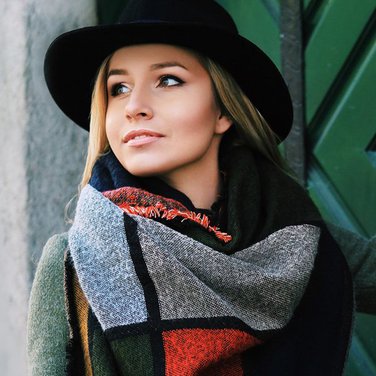
35 comments
Log in to leave a comment